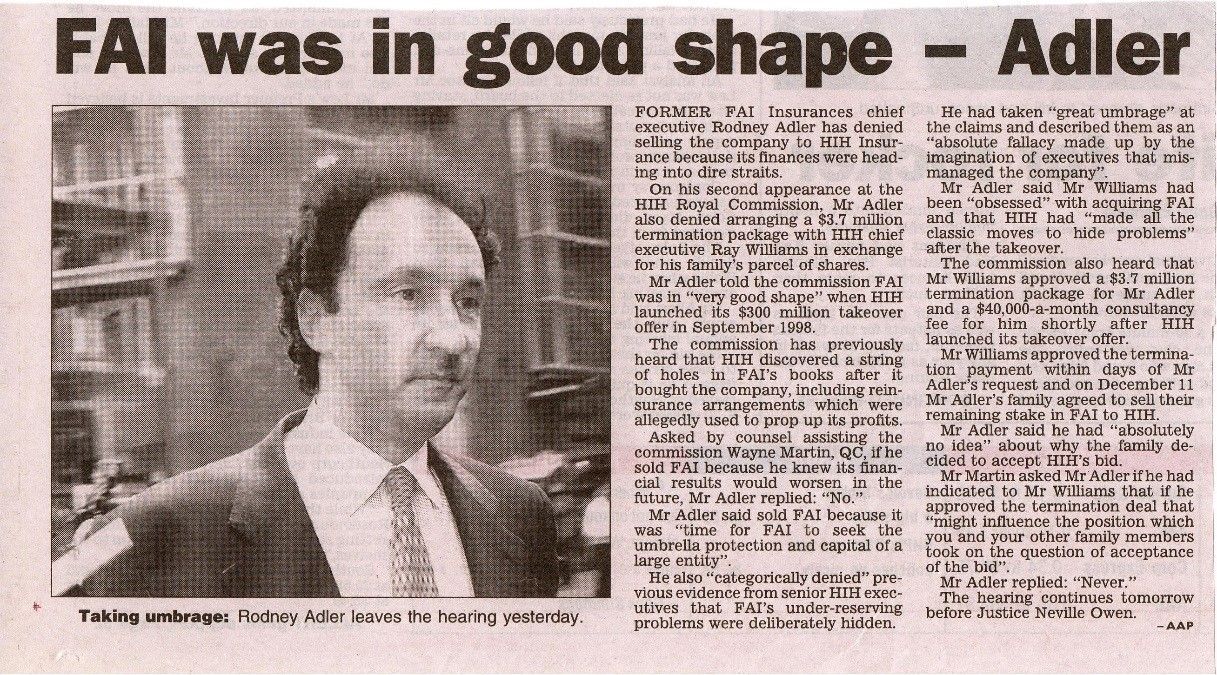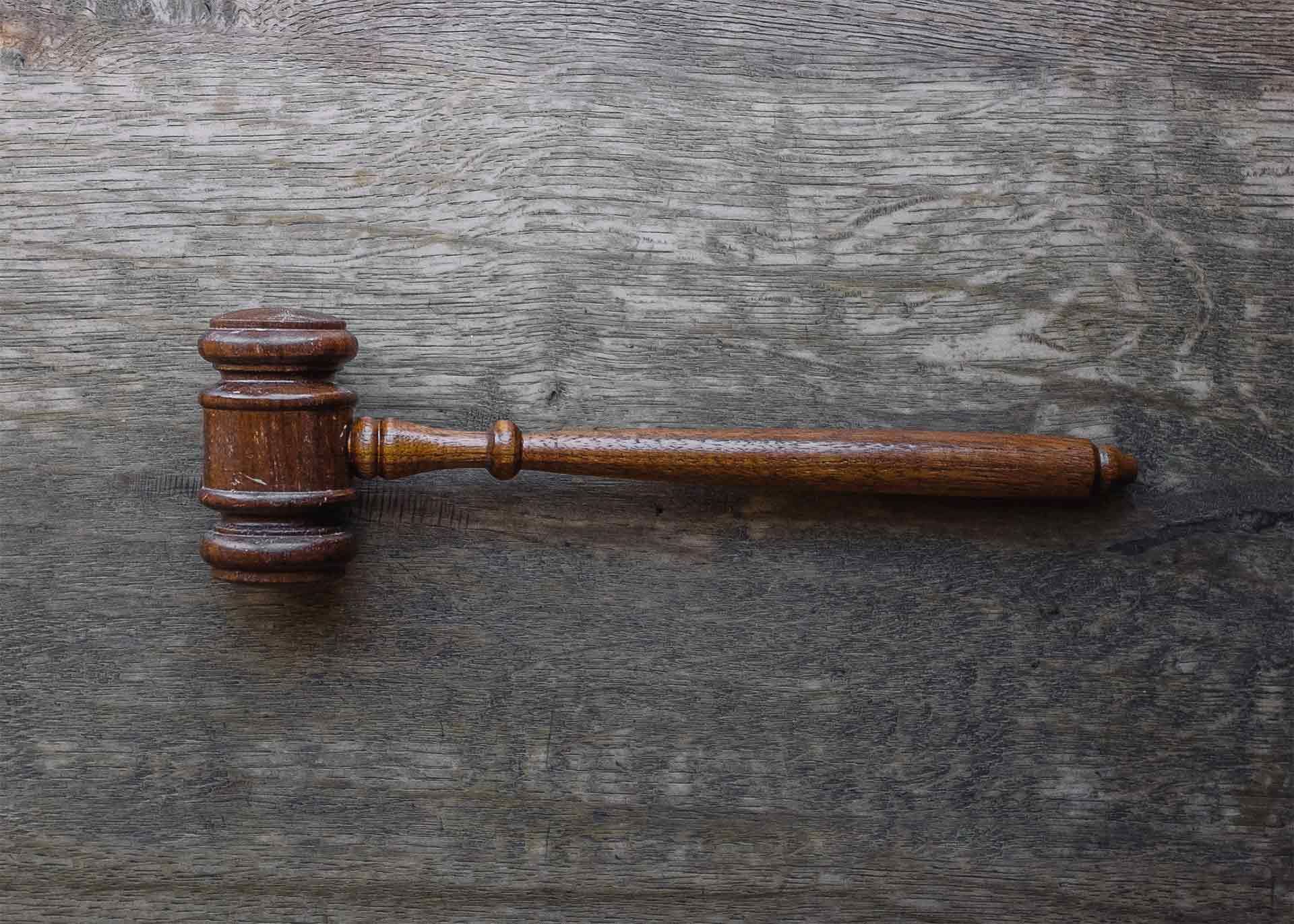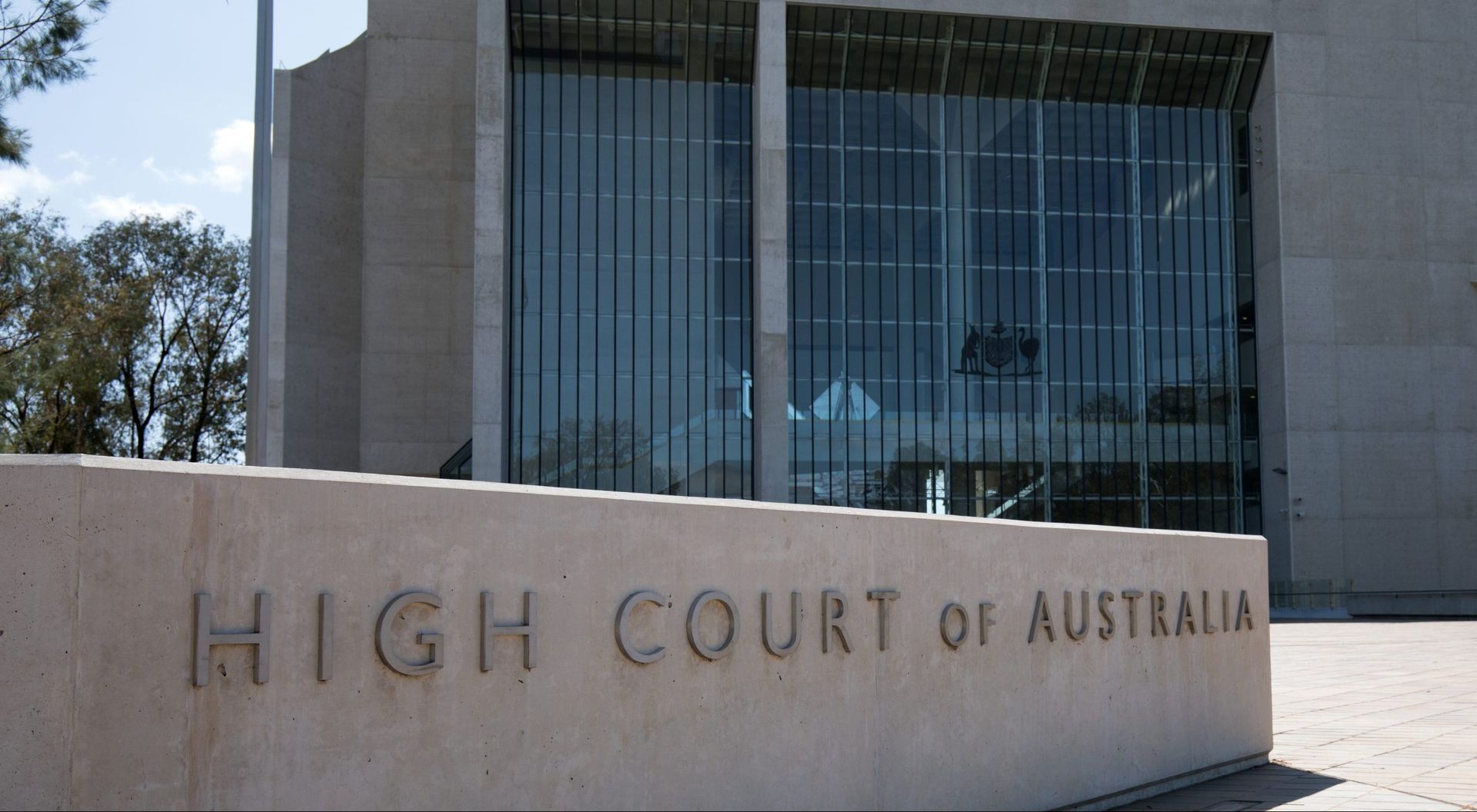Beyond oppression: Leveraging Civil Penalty Provisions of the Corporations Act 2001 in shareholder disputes
Pleading contravention of Civil Penalty Provisions in shareholder disputes

For litigators, shareholder disputes are often a strategic puzzle as to how to reach the finish line which is favourable to the client(s) they represent. Where there is a reasonable basis to do so, pleading a contravention of the civil penalty provisions of the Corporations Act 2001 can be powerful. While often viewed as the domain of ASIC, these provisions can be strategically deployed by plaintiff shareholders in the dispute as it opens compensation under s1317H, which allows for the recovery of ill-got profits, a remedy not always available in a traditional oppression claim.
This article explores how integrating civil penalty claims into your litigation strategy can create superior leverage for settlement and maximize client recovery, with a focus on the critical role of the forensic accountant in quantifying this more nuanced remedy.
Civil Penalty Provisions - A Litigator's Strategic Toolkit
The civil penalty regime was introduced into the Corporations Act 2001 (“ Act ”) to address serious corporate misconduct and enhance corporate governance and accountability in Australia. Part 9.4B of Act addresses the ‘civil consequences’ of contraventions of the ‘civil penalty provisions’. For a potential shareholder plaintiff, the most fertile area to explore often involve breaches of one or more of the following:
- director's duties;
- share capital transactions, typically involving diluting shareholder interests; and
- related party transactions.
For completeness and ease of reference, section 1317E of the Act includes a lengthy table that comprises the civil penalty provisions, which address the following 14 different areas:
- Officers' (eg directors’) duties - s180(1), s181(1), s181(2), s182(1), s182 (2), s183(1) and s183 (2)
- Responsibilities of secretaries etc. for corporate contraventions - s188(1) and s188 (2)
- Related parties rules - s209(2)
- Share capital transactions - s254L(2), s256D(3), s259F(2), and s260D(2)
- Requirements relating to financial reporting - s344(1) and s344(1A)
- Obligation to declare and publish notice if company not eligible for temporary restructuring relief - s458F(1)
- Insolvent trading - s588G(2)
- Preventing creditor-defeating dispositions -s588GAB(2)
- Procuring creditor-defeating dispositions - s588GAC(2)
- Duties of responsible entities - s601FC(1)
- Duties of officers of responsible entities - s601FD(1)
- Duties of employees of responsible entities - s601FE(1)
- Duties of officers and employees of responsible entities - s601FG
- Duties of officers and employees of responsible entities - s601JD(1)
Critically, an application for a contravention can be brought not just by Australian Securities and Investment Commission ("ASIC"), but by "any person who has suffered loss or damage"—including a shareholder. This transforms these provisions from a purely regulatory tool into a direct weapon for your client.
Beyond Fines: Compensation for a Contravention of the Civil Penalty Provisions
An Australian court can issue one or more orders involving contravention of the civil penalty provisions amd these orders can include one or moreof the following:
- a declaration that there has been a contravention of the civil penalty provisions, which can trigger other consequences, e.g. orders for the disqualification of a director from acting as a director, criminal prosecution, other civil litigation, etc;
- a pecuniary penalty to be paid;
- relinquishment of the benefit obtained from breaching the civil penalty provisions;
- refunds for ongoing fees after termination of an arrangement(e.g. charged by financial advisers, investment managers and subscription providers); and
- compensation orders.
The most powerful outcome for a plaintiff shareholder is a compensation order. This is the mechanism that directly translates the defendant's misconduct into a financial recovery for your client.
The Adler and Vizard cases, which I briefly touch on below, are just 2 examples that demonstrate the courts' willingness to impose severe consequences for financial misconduct involving ASX listed public companies which garnered high media attention and public interest.
Rodney Adlar (per aticle above) was a director of HIH Insurance Ltd in January 1999 which collapsed not too long after its acquisition of FAI Insurance. Many separate litigation proceedings commenced following the collapse of HIH Insurance Ltd. Mr Adler, and other culpable defendants, were ordered to pay compensation of $7,986,000 for losses suffered by HIH Insurance Ltd and Mr Adler was ordered to repay improper benefits, pay pecuniary penalties and was disqualified to act as a director for 20 years. Mr Adler also served prison time following his admission of guilt in criminal proceedings initiated against him.
In the matter of ASIC v Vizard [2005] FCA 1037, involving a well-known Australian media personality at that time, who was then a company director of Telstra Corporation Ltd, acted on ‘insider information’ and was banned for 10 years from managing a corporation and ordered to pay a pecuniary penalty of $130,000 for each of 3 contraventions totalling $390,000.
The key takeaway for litigators involved in private company shareholder disputes is if there are proveable contraventions of the civil penality provisions, there is a path to significant compensation involving egregious misconduct. The Act refers to the use of a ‘person’ who has contravened the civil penalty provisions. A person can include directors, officers, or the company itself. Applications to commence civil litigation for a contravention of the civil penalty provisions can be made by:
- ASIC, which happens to have a long history of successful proceedings against directors of ASX listed companies;
- the company involved; and/or
- any person who has suffered loss or damage (e.g, shareholders or creditors).
It is the plaintiff shareholder that is of particular interest within this article because if the shareholder can prove a contravention of the civil penalty provisions under the Act, then this opens up the potential for direct compensation to be received following the court’s orders.
Challenges with quantifying value in oppression cases
Commonly, shareholder disputes feature an allegation of oppression made by one or more shareholders, which typically requires the forensic accountant and valuation expert to consider what the value of the shares in the company currently is (or was at one or more different points in time), to assist in a buy and/or sell negotiated outcome or court order under s233 of the Act. This exercise typically requires a static valuation of shares i.e. what were they worth on date X and/or what they are worth at the date of the expert's report?
In the context of considering ‘value’ in oppressive conduct matters, Richard Brockett, wrote in 2012 for the Bond Law Review, the following about the compensatory nature of the available remedy for minority shareholders:
“in his judgment in Scottish Co-operative Wholesale Society Ltd v Meyer [1], Lord Denning held that a purchase order ‘gives to the oppressed shareholders what is, in effect, money compensation for the injury done to them’. This was followed in Re a Company No 002612 of 1984 [2] and in Rankine v Rankine where it was noted that ‘by ordering the compulsory purchase of the applicant’s shares…the court is in effect awarding compensation for the respondent’s breach of duty’[3]. The compensatory nature of the remedy was regarded by the Court, in Smith Martis Cork & Rajan Pty Ltd and Others v Benjamin Corporation Pty Ltd , as being ‘established ever since the decision of the House of Lords in Scottish Co-operative Wholesale Society Ltd v Meyer’[4].”
It is common for an expert witness instructed by lawyers on behalf of the plaintiff shareholders(s) in court proceedings to be asked for an opinion on the ‘value’ of the asset.
The Act simply defines ‘value’ to be an “amount” in relation to the asset, which is not particularly helpful. Therefore, an issue of contention that can arise is what should be the appropriate basis (or standard) of value? Should this be ‘market value’, ‘fair value’, ‘true value’ or something else?
In relation to the term ‘market value’, the International Valuation Standards issued by the International Valuation Standards Committee provides a useful definition for market value which appears to be uniformly adopted by valuation professionals around the world, and is grounded in different courts’ interpretation of its meaning. However, the concepts of ‘fair value’, ‘true value’ and other types of value can be difficult to define in a way that is not subject to challenge so it is suggested that instructing lawyers to provide further guidance to their expert witnesses through the supply of relevant cases.
An additional contentious issue between adversarial parties involving claims for corporate oppression may be the appropriate point(s) in time the assessment of value should be made. As value can change over time, it can be challenging for a plaintiff lawyer to have confidence in what the appropriate valuation date should be.
Benefit of seeking compensation orders in shareholder disputes
Lawyers should consider pleading (subject to having reasonable grounds) a contravention of the civil penalty provisions under the Act and seek an order of compensation as a remedy, thus triggering s1317H of the Act. This is where the role of the forensic accountant diverges from a standard valuation and becomes strategically central as the quantification exercise under s1317H is a dynamic assessment of damage which could involve an 'ex-post' approach (i.e. using hindsight) to measure actual loss suffered up to a current date and likely losses to be suffered into the future, which may include disgorging illicit profits.
Section 1317H of the Act empowers the court to order a person who has contravened to compensate those who have suffered loss or damage due to that contravention. It is worth looking at the words used in s1317H(1) and s1317H(2) of the Act which are:
" Compensation for damage suffered
(1) A Court may order a person to compensate a corporation, registered scheme or notified foreign passport fund for damage suffered by the corporation, scheme or fund if:
(a) the person has contravened a corporation/scheme civil penalty provision in relation to the corporation, scheme or fund; and
(b) the damage resulted from the contravention.
The order must specify the amount of the compensation.
Note: An order may be made under this subsection whether or not a declaration of contravention has been made under section 1317E.
Damage includes profits
(2) In determining the damage suffered by the corporation, scheme or fund for the purposes of making a compensation order, include profits made by any person resulting from the contravention or the offence."
[underlining above reflects author’s emphasis]
Two useful features to consider in relation to any compensation sought under s1317H for contravention of the civil penalty provisions are: a) damage (for loss of profit) means something different to value; and b) the potential for defendants to be held joint and severally liable to pay compensation.
'Damage' is more nuanced than pure valuation work
While an assessment of loss profits and an assessment of value involve similar methods and processes required to be undertaken by an expert witness in court proceedings to quantify the output, the former may include direct financial losses and could extend to consequential losses that are a direct result of the contravention.
In matters concerning the quantum of compensation, the forensic accountant who has been retained to act as an expert witness in court proceedings, will typically consider a financial scenario that assumes the pleaded contravention of the civil penalty provisions, had not occurred, as part of the quantification exercise. This may be referred to as the ‘but-for’ test that applies in many claims for damages in tort.
It seems Australian courts are prepared to unwind the effects of the oppressive conduct to determine value, as it did in the Rankine matter, however, an expert witness tasked to opine on value should be mindful of whether the opinion on the value of the asset at a particular point in time is likely to be affected by the alleged oppressive conduct and if so, how this alleged oppressive conduct can be quantified and attempt to quantify it, assuming it can be done with the evidence made available to the expert and other documents to be obtained.
An exercise to quantify compensation under s1317H of the Act may require assessing the loss by looking back from the present date, which may be referred to as adopting an ‘ex-post approach’. This can be contrasted with a pure ‘valuation’ exercise, which typically requires an assessment of value at a particular date, having regarding only to those known facts or knowable facts that could be obtained through reasonable due diligence, at the relevant valuation date. A pure valuation exercise involving the value of an asset at a historical point in time may be referred to as adopting an ‘ex-ante approach’, where the benefit of hindsight should be ignored.
The potential for joint and several liability for compensation orders
Let’s say, hypothetically, a director of a company accused of contravening the civil penalty provisions, started a competing company which has been trading for a significant period of time. Consideration might then be made to include the competing company as a defendant and the compensation could be assessed on profits made by the competing company. If multiple parties are responsible for the contravention, the Court may hold the defendants jointly and severally liable for the compensation[5].
Conclusion and summary
Seeking an order for compensation under s1317H of the Act for a contravention of the civil penalty provisions is more than just adding another claim to a pleading. It is a strategic decision that reframes the entire dispute around the defendant's misconduct and its financial consequences and with the gathering of the right evidence, can create superior leverage for settlement.
Endnotes
[1]. [1958] 3 All ER 66
[2]. (1986) 2 BCLC 99, 495
[3]. 1995) 124 FLR 340
[4]. (2004) 207 ALR 136, [71]-[72]
[5]. ASIC v Hellicar (2012) 247 CLR 345 and Bell Group Ltd (in liq) v Westpac Banking Corporation (2008) 39 WAR 1
Leave a Comment:
SEARCH ARTICLE:
SHARE POST:
RECENT ARTICLE:











